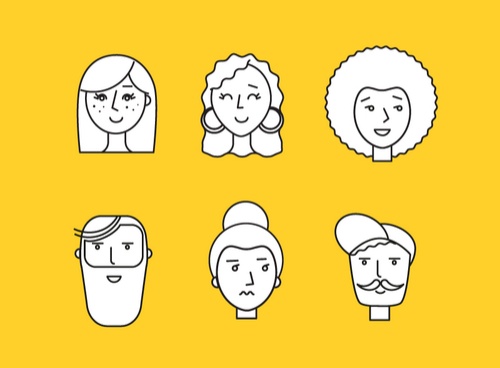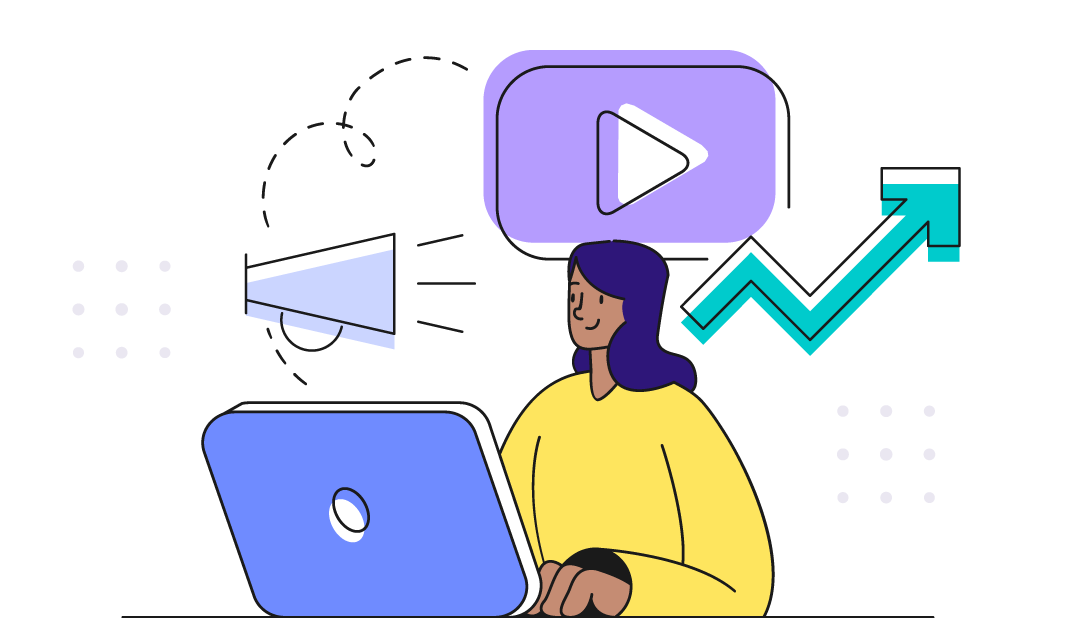



Your inbound marketing strategy needs to target a specific audience in order to engage them with your content and convert to into a sale. The buyer personas you develop guide your strategy and ultimately define your path to success.
Developing buyer personas is an essential step on the road to a successful inbound marketing strategy. There are nine ways that explain why personas are so valuable.
In essence, personas are determined by the buyers that fit your business model. To make it work, you’ll have to move from traditional marketing practices to an inbound marketing methodology. This transition might require a culture change for your organization, but the results will be worth the effort.
A well-defined buyer persona is like the background story of a character in a screenplay or novel. As Content Marketing Institute points out, the more detail you can discern in your customer personas, the more valuable they’ll be to you as you build your inbound marketing strategy.
It’s important to remember that while personas are semi-fictional representations of your buyers, they are also real people. They represent your ideal customer, someone who is a decision maker, has specific challenges, and a particular lifestyle. While marketing and sales have traditionally focused on the objectives and needs of the seller, buyers now have more power than ever.
The ability of buyers to investigate all of their purchase options online has made the outbound mindset and approach less popular. In response, an inbound marketing strategy that consistently provides high-quality content is likely to be a more successful way to target your buyers.
Buyer personas inform your SEO and social media marketing strategies. You should develop your buyer personas to the point that you can make informed decisions about which product or service you’ll emphasize. Each persona should give you enough insight to understand the problems your customers are trying to solve with your company.
A persona represents a group of prospects with a similar buyer’s journey and related challenges. However, it’s unlikely that one persona will capture the essence of all buyers. If your business deals with different sectors or organizations, you will find that decision makers must be separated into distinct personas.
For example, if you specialize in SaaS for healthcare organizations, the buyer persona for medical practices is will encounter different challenges than a hospital or medical device vendor. The relevant personas might be completely different, such as an office manager, a corporate vice president, or a practitioner who’s an owner.
A strategic marketing plan is developed from clear and focused personas. Your buyer personas help you determine the position, price, and promotions for your brand. Use personas to understand the problems potential customers are facing and the products or services they might choose from competitors over yours.
Accurate profiles are the difference between simply attracting more traffic to your website and visitors that become warm leads. By identifying the visitors on your site who fit your personas, you can segment your offerings to engage with them rather than visitors who aren’t a good fit for your product or service.
You create personas with specific stories in mind, but you can also determine your key performance indicators (KPI) around them. Whether you’re tracking acquisition costs, lifetime value, or any number of metrics that fall on the timeline in between, personas can help you get the maximum return on investment based on the goals that matter most to your organization.
With the accelerating pace of technology and disruption, your buyer personas are likely to change at some point; you can’t assume that once you’ve created them that they’re set for all time. There isn’t a formula to define how personas change over time either. Your future marketing efforts live and die by how well you track your KPIs.
Most likely your personas will remain constant for extended periods of time and then shift suddenly with industry changes, similar to the way that inbound has changed since traditional marketing transitioned to digital. If you’re a marketer who keeps up with the latest changes, you can respond to the latest industry trends while competitors are left behind.
Inbound marketing has changed everything. Now, buyers know more about what you offer and your company before they even give you their information or speak with a sales person. Fortunately, your customers and decision makers are people, which makes their behavior somewhat predictable. Once you develop personas that reflect your customers accurately, you can begin to build campaigns that bring higher quality and more consistent returns.


Spot On co-founder and partner Susie Kelley is dedicated to leveraging technology to advance innovative solutions in highly regulated industries. Driven by the opportunity to elevate brands, she co-founded Spot On in 2012 after having spent 15 years honing her marketing skills in an agency. Susie leads business development with a personal touch, focusing on building lasting relationships with clients to meet — and exceed — their goals for business growth.
Get the latest and greatest posts sent straight to your inbox.


